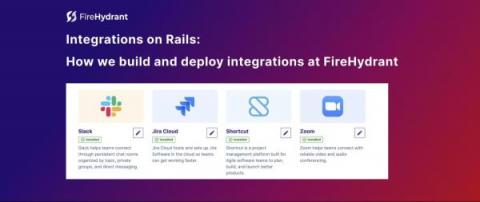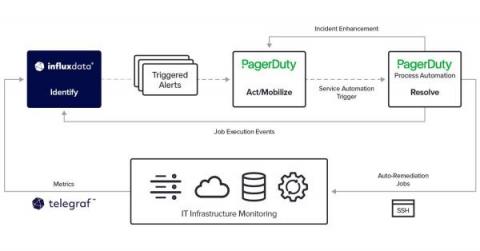Building a metrics backend (time series db) with PostgreSQL and Rust
At ilert customers are already benefitting from our easy to setup private or public status pages and auto generated SLA uptime graphs for their business services. However, we decided to push the graph topic a bit further with custom metrics. Using ilert metrics customers can showcase additional business data and insights into their services on their status pages.











